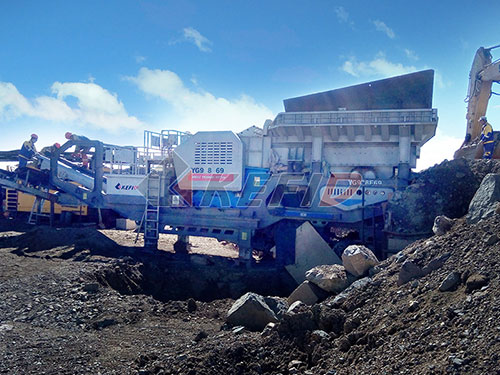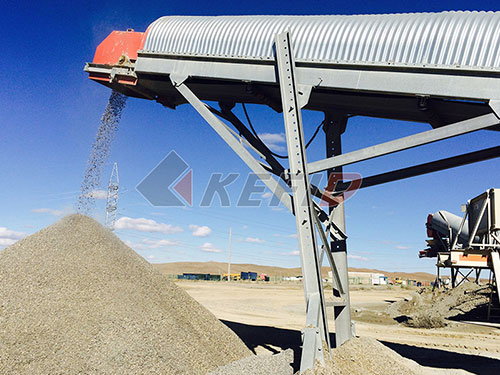Navigating the Crushed Stone Landscape: Understanding Crush and Run Prices in Georgia

Crush and Run – known interchangeably as Crusher Run, Graded Aggregate Base (GAB), or simply ABC Stone – is the unsung hero of countless construction and landscaping projects across Georgia. Its blend of coarse aggregate and stone dust creates a remarkably stable, compactable base that forms the literal foundation for driveways, parking areas, patios, road sub-bases, and more. For homeowners tackling DIY projects or contractors managing large-scale builds in the Peach State, understanding the factors influencing Crush and Run prices is crucial for accurate budgeting and project planning.
Why Crush & Run Reigns Supreme in Georgia:
Georgia’s geology provides abundant sources of high-quality granite, gneiss, limestone (especially in Northwest Georgia), and quartz – prime materials crushed to create this versatile product. Its popularity stems from key advantages:
1. Exceptional Compaction: The fines (“run”) fill voids between larger stones (“crush”), allowing it to compact tightly under pressure or vibration into an almost concrete-like slab.
2. Superior Drainage: While compacted solidly on top, its granular nature allows water to percolate downwards effectively when properly installed with adequate sub-base preparation.
3. Cost-Effectiveness: Compared to poured concrete or asphalt for similar load-bearing applications (like driveways), Crush & Run offers significant savings per square foot installed.
4. Ease of Installation: Spreading it requires basic equipment like skid steers or tractors with box blades; compaction can often be achieved by vehicle traffic over time for residential drives.
5. Versatility: From temporary construction roads supporting heavy machinery to permanent residential driveways requiring durability against freeze-thaw cycles common in North Georgia winters.
Decoding the Price Tag: Factors Influencing Cost

Predicting an exact price without specific details is impossible due to numerous variables at play throughout Georgia’s diverse landscape:
1. Geographic Location & Transportation Costs:
Proximity to Quarries: Prices are lowest near major quarry operations concentrated along the Piedmont region running northeast-southwest through Atlanta towards Columbus/Macon/Augusta regions). Hauling distance dramatically impacts cost.
Urban vs Rural: Delivery costs surge significantly within congested metro areas like Atlanta compared to rural counties where quarries might be closer.
Regional Demand: High-growth areas often see slightly higher prices due to

Leave a Reply